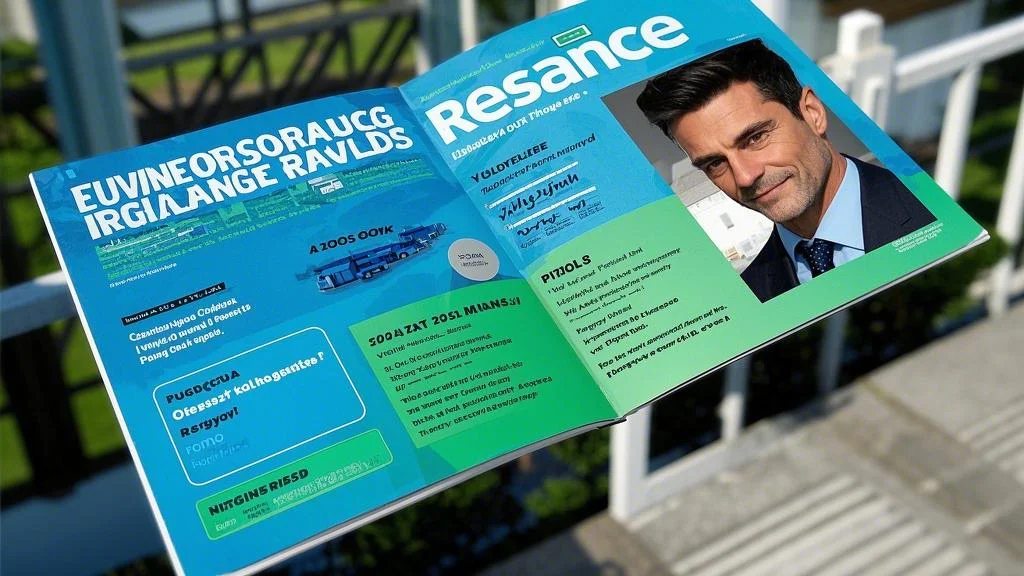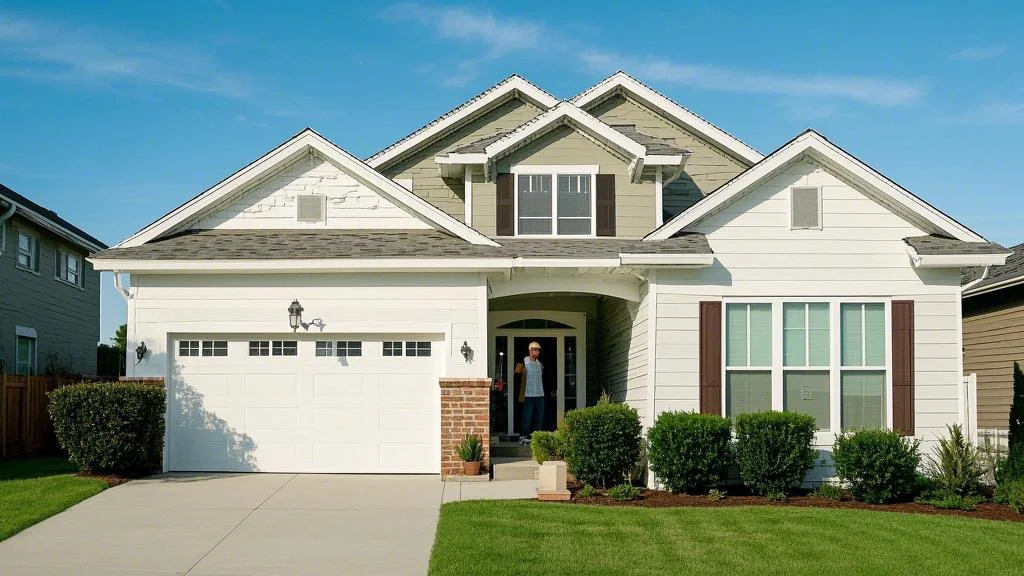What Does Homeowners Insurance Cover?
Homeowners insurance coverage is designed to protect your home and personal belongings from a variety of risks, including fire, theft, and certain natural disasters. A standard policy typically includes four main types of coverage: dwelling coverage, which protects the structure of your home; personal property coverage, which covers your belongings; liability coverage, which protects you if someone is injured on your property; and additional living expenses (ALE) coverage, which helps pay for temporary housing if your home becomes uninhabitable. While these are the basics, it’s important to review your policy carefully to understand what’s included and what’s not. For example, most standard policies do not cover damage caused by floods or earthquakes, which may require separate policies. Understanding the scope of your homeowners insurance coverage can help you identify any gaps and ensure you’re fully protected.
Is Earthquake Insurance Necessary?
For homeowners living in seismically active areas, earthquake insurance necessity is a critical consideration. Standard homeowners insurance coverage typically excludes damage caused by earthquakes, leaving you vulnerable to significant financial losses if your home is affected. Earthquake insurance can provide the protection you need, covering repairs to your home and personal belongings, as well as additional living expenses if you’re forced to relocate temporarily. However, the cost of earthquake insurance can vary widely depending on factors like your location, the age and construction of your home, and the level of coverage you choose. While it may seem like an added expense, the peace of mind it offers can be invaluable, especially if you live in a high-risk area. By evaluating your risk and weighing the costs, you can determine whether earthquake insurance necessity applies to your situation.
Understanding Flood Insurance Costs
Floods are one of the most common and costly natural disasters, yet many homeowners are surprised to learn that standard homeowners insurance coverage does not include flood damage. To protect your home from flooding, you’ll need to purchase a separate flood insurance policy. The cost of flood insurance depends on several factors, including your home’s location, elevation, and flood risk level. Homes in high-risk flood zones typically have higher premiums, but even those in moderate- or low-risk areas can benefit from coverage. The National Flood Insurance Program (NFIP) offers policies that cover both the structure of your home and its contents, but private insurers may also provide additional options. When considering flood insurance cost, it’s important to weigh the potential financial impact of a flood against the price of the policy. For many homeowners, the investment is well worth the protection it provides.
How Insurance Premium Financing Works
For homeowners who struggle to pay their insurance premiums upfront, insurance premium financing can be a useful solution. This option allows you to spread the cost of your premiums over time, making it easier to manage your budget. With premium financing, a third-party lender pays your insurance premium in full, and you repay the lender in installments, typically with interest. This can be particularly helpful for high-value homes or properties in high-risk areas where premiums are significantly higher. However, it’s important to carefully review the terms of the financing agreement, as interest rates and fees can vary. Additionally, failing to make payments could result in the cancellation of your insurance policy. By understanding how insurance premium financing works, you can decide whether it’s a viable option for your financial situation.

Renters Insurance Cost: What to Expect
While homeowners insurance coverage protects those who own their homes, renters also need protection for their personal belongings and liability. Renters insurance cost is generally affordable, with policies often costing less than $20 per month. These policies typically cover personal property, liability, and additional living expenses if your rental unit becomes uninhabitable. The cost of renters insurance can vary based on factors like the amount of coverage you need, your location, and your deductible. For example, if you live in an area prone to theft or natural disasters, your premiums may be higher. However, even a basic policy can provide significant financial protection and peace of mind. When shopping for renters insurance, be sure to compare quotes from multiple insurers and consider bundling with other policies, such as auto insurance, to save money.
Common Exclusions in Homeowners Insurance
While homeowners insurance coverage provides broad protection, it’s important to be aware of common exclusions that may leave you vulnerable. For example, most policies do not cover damage caused by floods, earthquakes, or routine wear and tear. Additionally, certain high-value items like jewelry, art, or collectibles may have limited coverage under a standard policy and require additional endorsements. Understanding these exclusions can help you identify areas where you may need supplemental coverage, such as flood insurance or a separate policy for valuable items. By reviewing your policy and discussing your needs with your insurance agent, you can ensure you’re fully protected against potential risks.
Tips for Lowering Your Homeowners Insurance Premiums
While homeowners insurance coverage is essential, there are several ways to reduce your premiums without sacrificing protection. One effective strategy is to bundle your homeowners insurance with other policies, such as auto or renters insurance, to qualify for multi-policy discounts. Increasing your deductible, which is the amount you pay out of pocket before insurance kicks in, can also lower your premiums. Additionally, making home improvements like installing security systems, storm shutters, or fire-resistant roofing can reduce your risk and lead to lower rates. Finally, maintaining a good credit score and avoiding claims can help keep your premiums affordable. By implementing these cost-saving measures, you can enjoy comprehensive coverage without breaking the bank.
How to File a Homeowners Insurance Claim
Filing a homeowners insurance claim can be a daunting process, but understanding the steps involved can make it easier. Start by documenting the damage with photos or videos and making a list of affected items. Next, contact your insurance company to report the claim and provide any necessary documentation. Your insurer will assign a claims adjuster to assess the damage and determine the payout. It’s important to keep records of all communications and follow up regularly to ensure your claim is processed promptly. If you encounter any issues or disputes, don’t hesitate to escalate the matter to a supervisor or seek assistance from your state’s insurance department. By being proactive and organized, you can navigate the claims process more smoothly and achieve a fair resolution.
Conclusion
Understanding the intricacies of homeowners insurance coverage is essential for protecting your home and financial well-being. From evaluating the earthquake insurance necessity to managing flood insurance cost, it’s important to assess your risks and ensure you have adequate protection. Options like insurance premium financing can make coverage more affordable, while renters should consider the renters insurance cost to safeguard their belongings. By reviewing your policy, addressing common exclusions, and exploring cost-saving strategies, you can secure the coverage you need at a price you can afford. Whether you’re a homeowner or a renter, taking the time to understand your insurance options can provide peace of mind and financial security for years to come.


